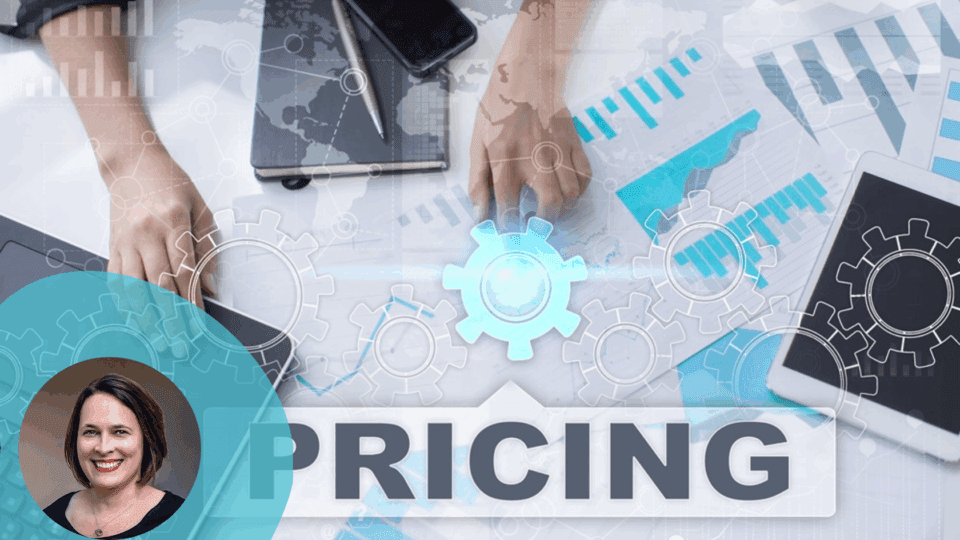This year has proven to be a high-pressure environment for ecommerce brands. Rising supplier costs, climbing digital ad spend and ongoing tariff instability are all putting pressure on profit margins. In this uncertain climate, it’s critical that brands maintain customer loyalty and sustain profitability with sharper strategy and greater agility than ever before.
So how can brands navigate these economic challenges to keep customers engaged and profitability strong? While there’s no magic answer, there are three key tactics marketers can use: data-driven pricing, personalized marketing and strategic use of AI tools.
Tightening Margins: Combatting Inflation and Tariffs
For many brands, supplier prices have steadily increased due to inflating manufacturing and shipping costs, forcing difficult product pricing decisions. At the same time, tariffs are being introduced or expanded in some sectors, adding to the steady climb in digital ad prices, and ecommerce businesses find themselves in a perfect storm of expense.
Still, customers expect value. In times of economic uncertainty, customer spending habits shift, with discretionary categories like fashion, home goods and supplements already seeing declines in purchase frequency and average order value. But the brands that are able to maintain profitability all have a few things in common: they understand how to leverage their customer data, personalize their offers and treat pricing like the strategic lever it is.
Pricing Thresholds: Finding the Sweet Spot
Pricing today has to strike a balance, covering costs and protecting margins without pushing away shoppers who are more price-conscious than ever. Understanding your customers’ pricing thresholds is important; while slight price increases may go unnoticed, major hikes risk driving customers away entirely.
When updating prices, consider:
- Can a product’s full value be realized with better margins but fewer units sold?
- Will customers perceive a decrease in value or affordability?
- Do all products need new pricing, or only specific ones?
- Should new discounts or bundles be offered to offset pricing changes?
- Are certain customer groups more price-sensitive than others, and are they purchasing specific products?
- Is there demand for a lower-cost offering to complement premium products?
By understanding and testing these variables, brands can determine their optimal pricing strategies and avoid blunt increases that hurt more than help.
Marketing Efficiency: Doing More with Less
Making a return on ad spend (ROAS) is becoming harder to achieve as advertising costs continue to rise. As the ecommerce landscape continues to intensify and consumer behaviors evolve, marketers must prepare with identity-resilient strategies.
To stretch every dollar further, brands should:
- Leverage first-party data: It is a brand’s most valuable marketing asset and helps target high-value customers and personalize offers with confidence.
- Accelerate algorithm learning: Ad platforms typically need a week to “learn” who to serve ads to. By identifying high-value audiences with data-backed targeting from the start, brands can reduce wasted spend and reach the right customers faster.
- Personalize with advanced segmentation: Understand which customer cohorts differ in behavior, preferences and price sensitivity. Customize marketing based on lifecycle stage, channel preference and predicted value.
- Measure and pivot in real time: Predictive analytics allow brands to track high-LTV customer acquisition mid-campaign. Adjusting spend and creative based on real-time data minimizes waste and maximizes returns.
Marketing efficiency is about spending smarter, not more.
AI: Turning Insight into Action
AI has become an indispensable tool for ecommerce marketers, but only when it’s used effectively and intentionally.
Here are a few ways leading brands are putting AI to work:
- Using real purchase behavior alongside demographics and interests to generate personas unique to their customer base, and using them to target accordingly.
- Utilizing predictive LTV modeling to know whether a customer is likely to become a high-value shopper over time, to help make smarter acquisition decisions in the moment instead of months later.
- Identifying customers at risk of churning or those likely to repurchase soon. Lifecycle targeting helps tailor campaigns to these groups to drive repeat purchases and improve retention rates
Of course, not all AI tools are created equal. Brands should prioritize platforms that offer transparency, accuracy and actionable insights grounded in their actual customer data.
The Road Ahead
While there are certainly some challenges ahead, it isn’t all doom and gloom. Consumers are expected to spend more in 2025. With 85% now shopping online, the rise of social commerce is pushing brands of all sizes to prioritize their digital strategy.
Retailers that take a proactive approach, one grounded in a deep understanding of customer behavior and a willingness to adapt, will not only protect their margins in 2025 but set themselves up for long-term success.
Cary Lawrence is the CEO of Decile, a customer data and analytics platform with a mission to help ecommerce brands grow profitably. In July 2020 Decile spun out of SocialCode, where Lawrence was a Co-founder in 2010. Prior to SocialCode, she worked in the Ad Innovations group at Washington Post Digital and served as a Program Associate at the Aspen Institute in the Communications and Society Program and she has roots in the agency world. Lawrence holds an M.A. in Communications, Culture and Technology from Georgetown University and a B.S. in Business from Wake Forest University and she taught Digital Analytics in Georgetown’s PR and Corporate Communications program.




